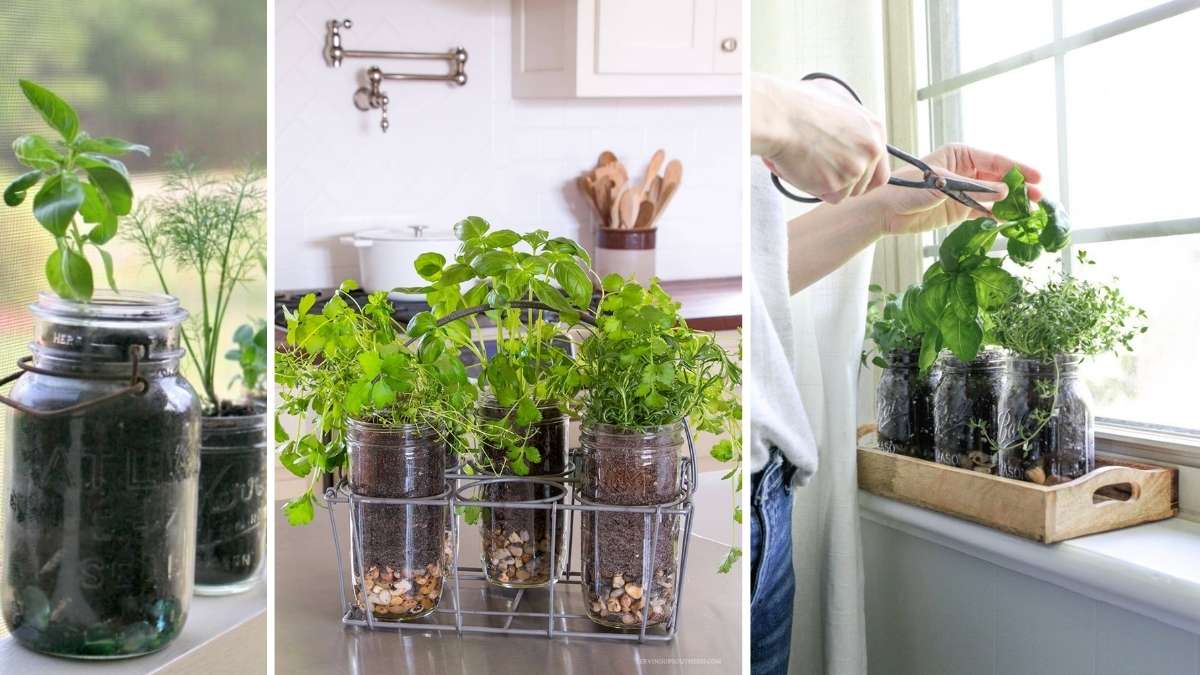Creating a small herb garden in your kitchen is an exciting and rewarding project. Not only does it give you fresh herbs at your fingertips, but it also brings a touch of greenery and nature into your home. Whether you have a large kitchen or a small nook, growing your own herbs can be both easy and enjoyable. Here’s a step-by-step guide to help you get started.
Why Start a Kitchen Herb Garden?
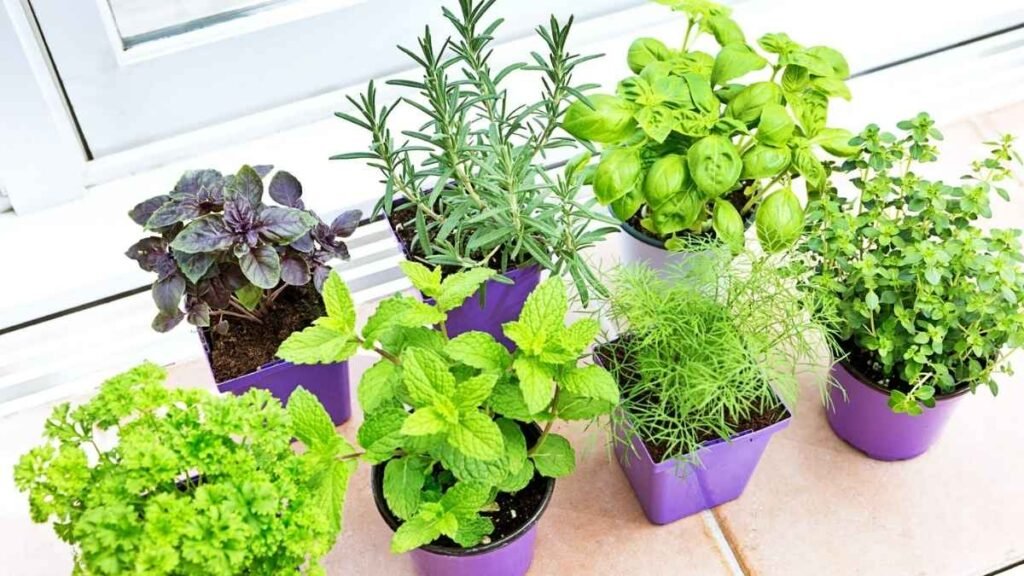
Having a small herb garden in your kitchen offers numerous benefits. Fresh herbs enhance the flavor of your cooking, and growing them yourself ensures you have access to organic, pesticide-free plants. Moreover, a kitchen herb garden is cost-effective, saving you money on store-bought herbs. It’s also an eco-friendly choice, reducing the need for plastic packaging.
Choosing the Right Location
The first step in setting up your herb garden is to find the right spot. Most herbs require plenty of sunlight to thrive, so aim for a location that gets at least six hours of direct sunlight each day. A windowsill or a countertop near a sunny window is ideal. If you have limited sunlight, you can also use grow lights to supplement the natural light.
Keep in mind that herbs need a warm environment to flourish. Kitchens, with their consistent temperatures and humidity levels, are often ideal places for herb growth. However, avoid placing them near heat sources like ovens or stovetops, as the temperature fluctuations can stress the plants.
Selecting the Right Herbs
The next step is choosing which herbs you want to grow. Consider your cooking habits and the herbs you use most often. Some popular choices for kitchen gardens include:
- Basil: Perfect for Italian dishes, pesto, and salads.
- Mint: Great for teas, cocktails, and desserts.
- Cilantro: A must-have for Mexican and Asian cuisines.
- Parsley: A versatile herb that works in a variety of dishes.
- Thyme: Excellent for soups, stews, and roasted meats.
- Rosemary: Ideal for Mediterranean dishes and grilled foods.
You can choose a few of your favorites or go for a variety to suit different cooking styles.
Choosing Containers for Your Herbs
When it comes to containers, you have plenty of options. You can buy ready-made pots or repurpose items you already have at home, such as mason jars, teacups, or wooden crates. Make sure the containers have drainage holes to prevent water from accumulating at the bottom, which can lead to root rot.
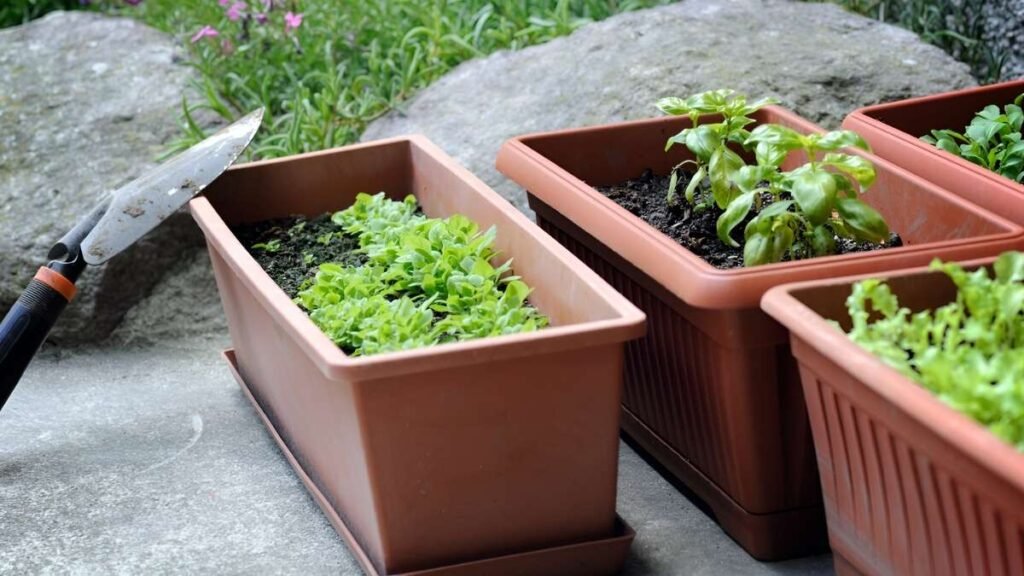
If you don’t have a lot of space, you can also use vertical planters or hanging baskets. These are perfect for small kitchens and can be placed near a window or on the wall.
Potting the Herbs
Once you’ve selected your herbs and containers, it’s time to plant them. Begin by filling the container with a well-draining potting mix. Avoid using garden soil, as it can be too heavy and may not drain well in containers. Add the potting mix to about an inch below the rim of the pot, leaving room for watering.
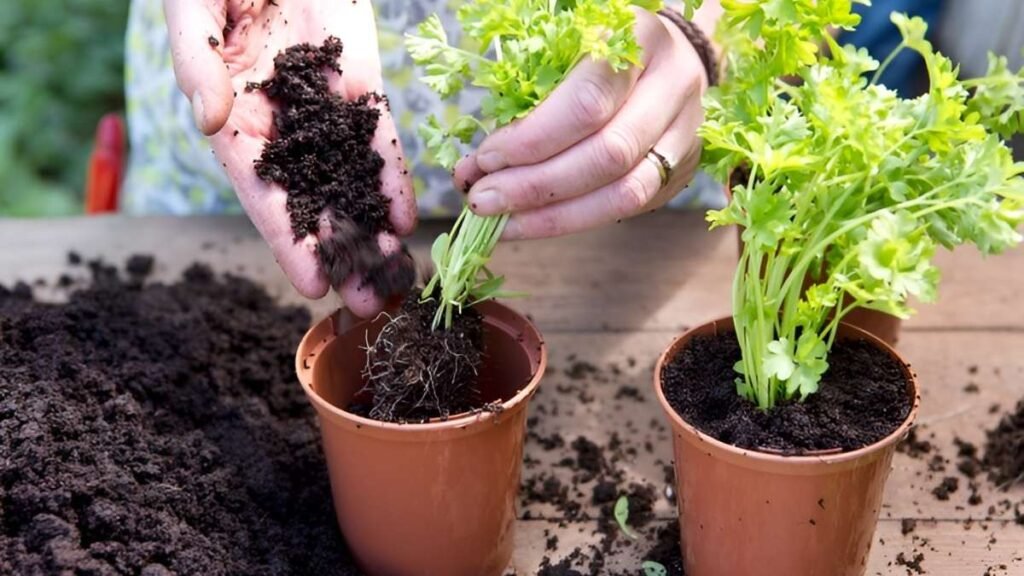
Gently remove the herb plant from its nursery pot and place it in the center of the container. Fill around the roots with more potting mix, pressing down lightly to eliminate air pockets. Water the plant thoroughly after potting to help settle the soil and establish the roots.
Watering and Care Tips
Herbs in containers need regular watering, but it’s important not to overwater them. Check the soil moisture by sticking your finger about an inch into the soil. If it feels dry, it’s time to water. When watering, pour slowly until the water begins to drain from the bottom. Be sure to empty any excess water that collects in the saucer to prevent the roots from sitting in water.
Herbs generally prefer slightly drier conditions, so make sure the soil is allowed to dry out between waterings. Also, avoid watering too frequently, as this can lead to mold or mildew growth.
Fertilizing Your Herbs
While herbs don’t need heavy fertilization, they do benefit from a little boost now and then. Use a balanced liquid fertilizer or compost tea every two to four weeks during the growing season. Be careful not to over-fertilize, as this can lead to weak or overly lush growth, which can reduce the flavor of the herbs.
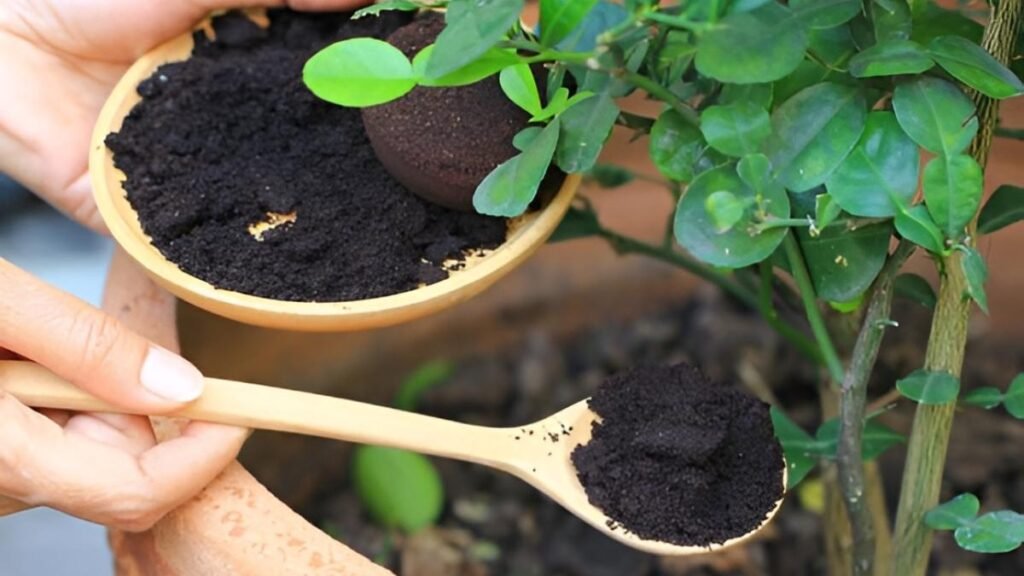
If you prefer an organic approach, consider using worm castings or fish emulsion. These natural fertilizers provide essential nutrients without harming the environment.
Pruning and Harvesting Herbs
Regular pruning is essential for keeping your herb plants healthy and productive. Trim off any dead or yellowing leaves to encourage new growth. If your herbs begin to flower, pinch off the blossoms to prevent the plant from going to seed. Flowers often cause herbs to lose their flavor and stop growing as vigorously.
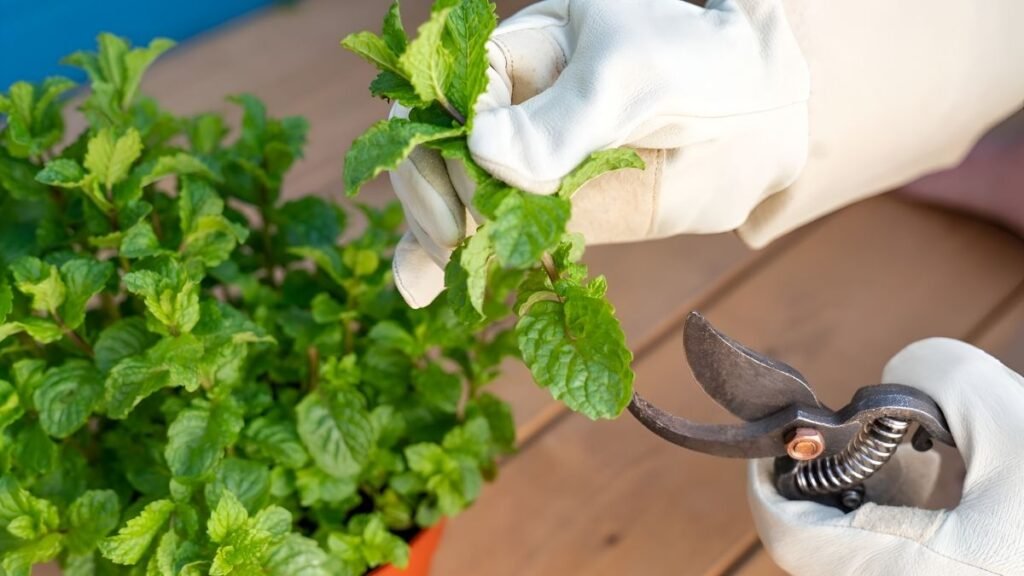
When it comes to harvesting, snip off the leaves or stems you need with clean scissors. It’s best to harvest in the morning, after the dew has dried but before the sun is too hot. This ensures the herbs are at their freshest and most flavorful.
Take care not to remove more than one-third of the plant at a time, as this can stress it and reduce future growth.
Troubleshooting Common Issues
Even though herbs are relatively low-maintenance, they can sometimes encounter problems. Here are a few common issues and how to address them:
- Yellowing leaves: This can be a sign of overwatering or poor drainage. Make sure your pots have drainage holes and allow the soil to dry out between waterings.
- Leggy growth: If your herbs are growing tall and spindly, they may not be getting enough sunlight. Move them to a brighter location or add supplemental grow lights.
- Pests: While herbs are generally resistant to pests, aphids and spider mites can occasionally appear. Use natural remedies like neem oil or a mild soap solution to treat infestations.
Enjoying Your Fresh Herbs
One of the best parts of having a kitchen herb garden is being able to enjoy the fruits of your labor. Fresh herbs add incredible flavor to dishes, and there’s nothing like picking a sprig of rosemary or a handful of basil right before you add it to your meal.
You can also preserve your herbs by drying or freezing them. Simply hang sprigs of herbs upside down in a warm, dry spot to air-dry them. Alternatively, chop the herbs and freeze them in ice cube trays with a little water or olive oil.
Conclusion
A small herb garden in your kitchen is a perfect way to grow fresh ingredients, add beauty to your home, and improve your cooking. With the right herbs, containers, and care, you’ll have a thriving kitchen garden in no time. Whether you’re a seasoned cook or a beginner, having herbs within arm’s reach will enhance your culinary experience and bring a little green into your daily routine.

